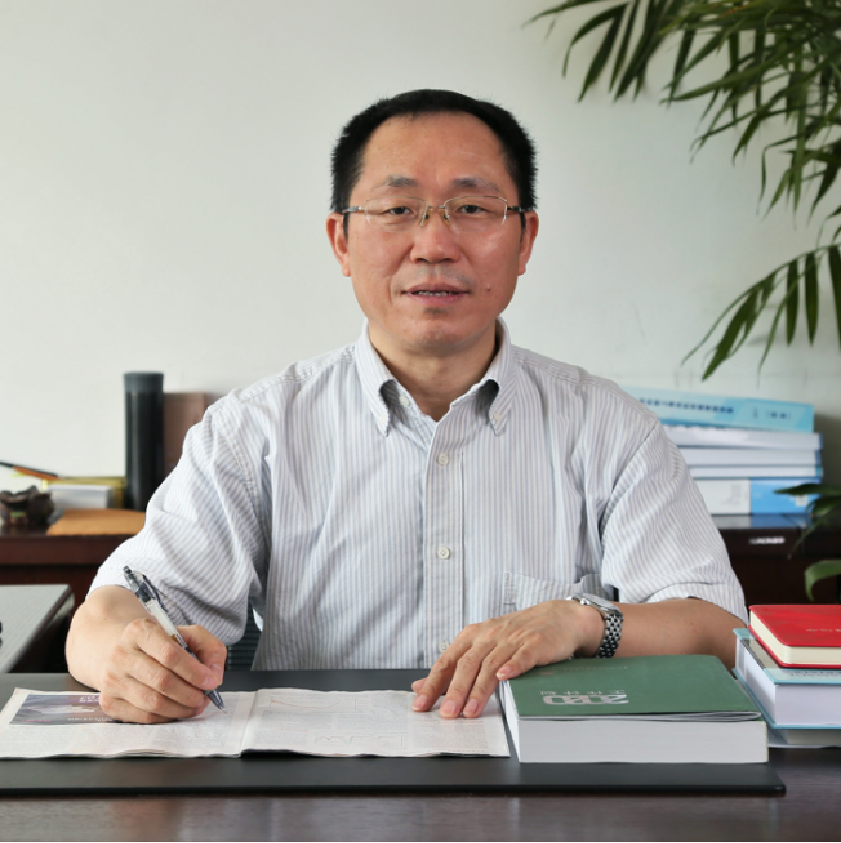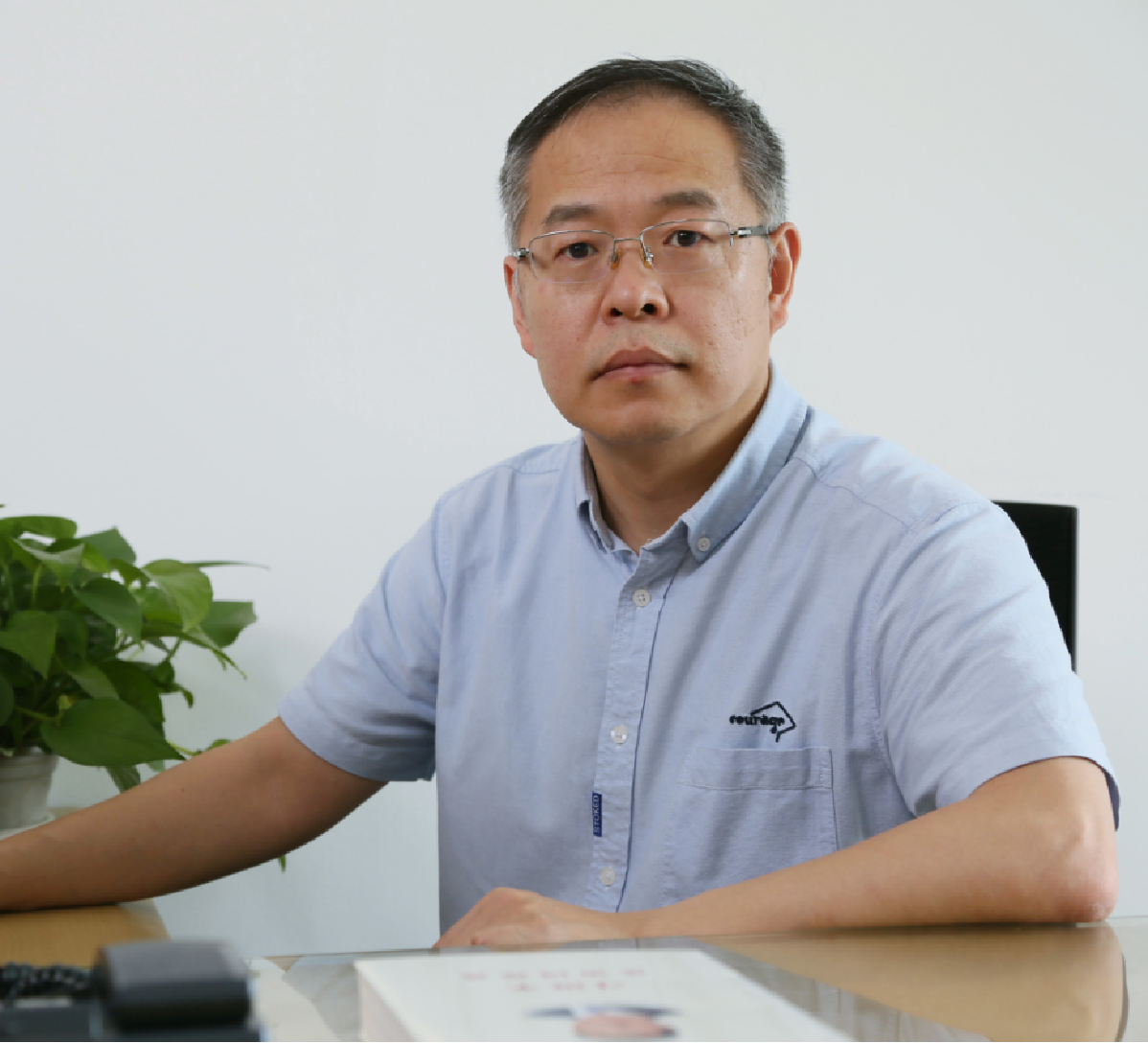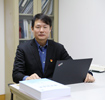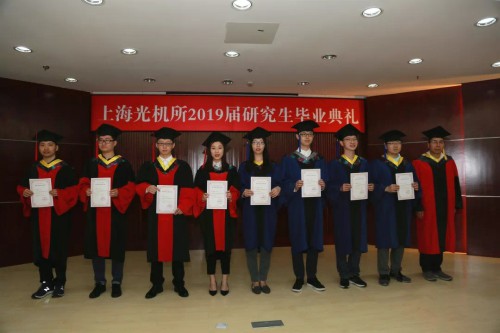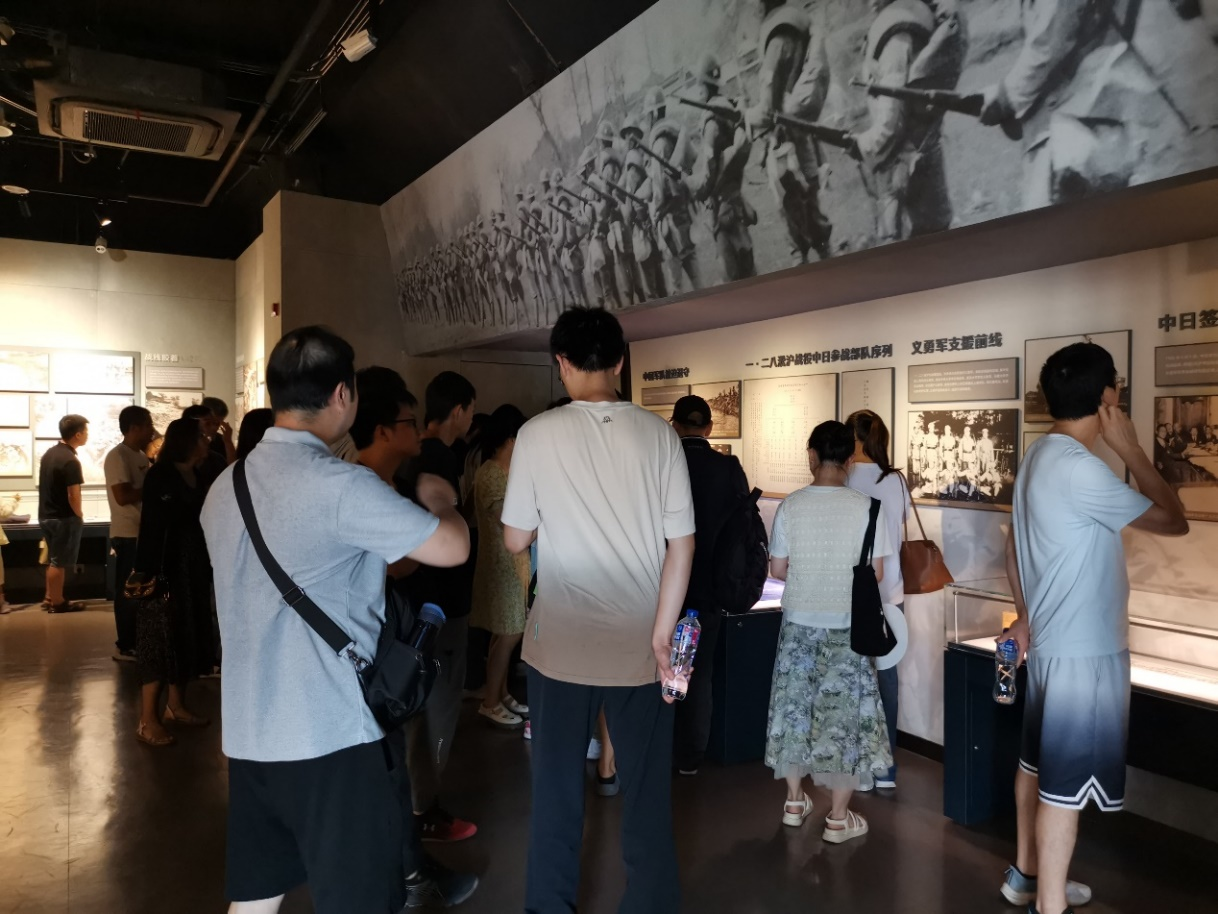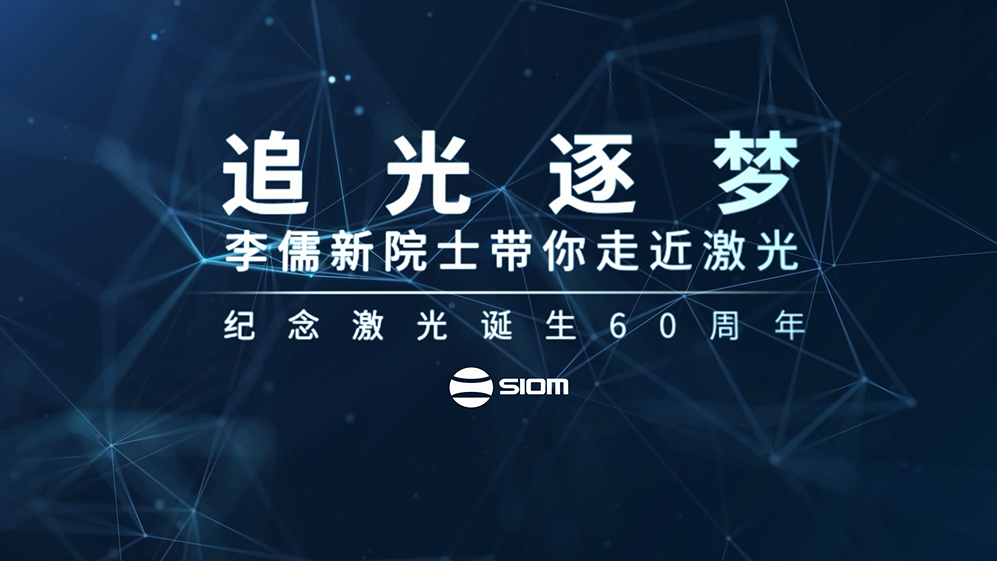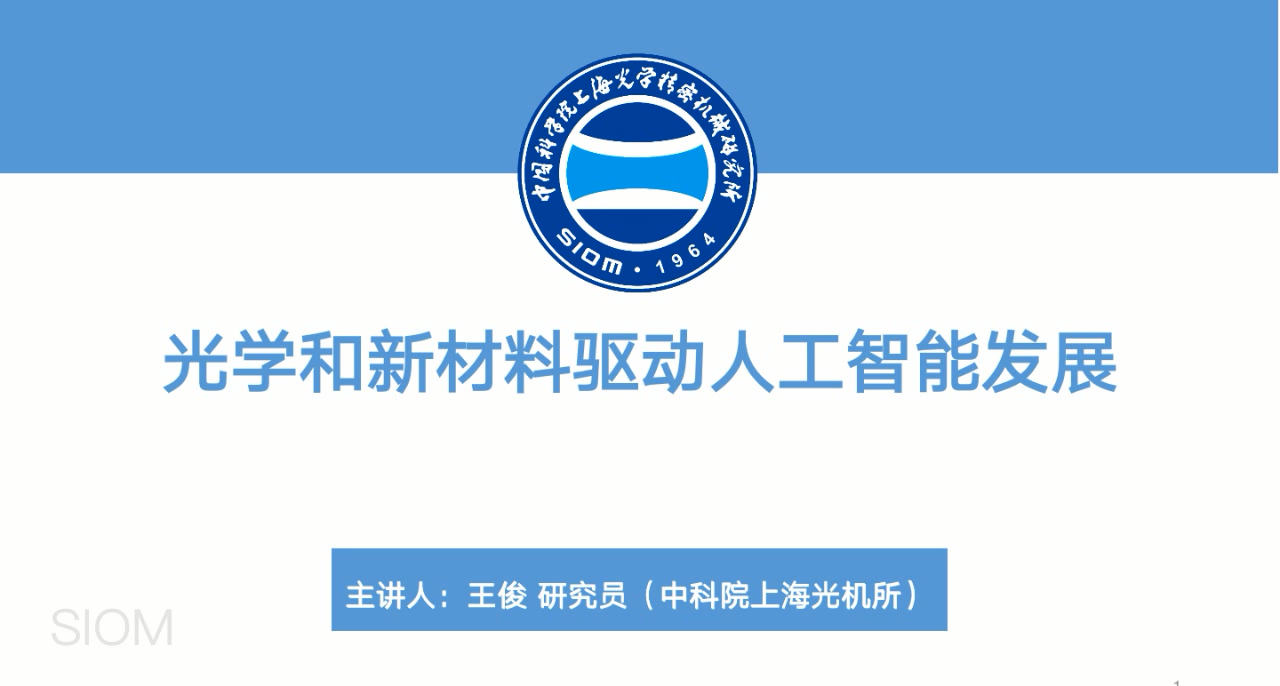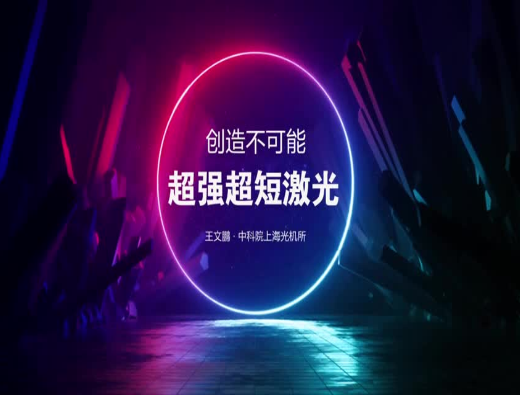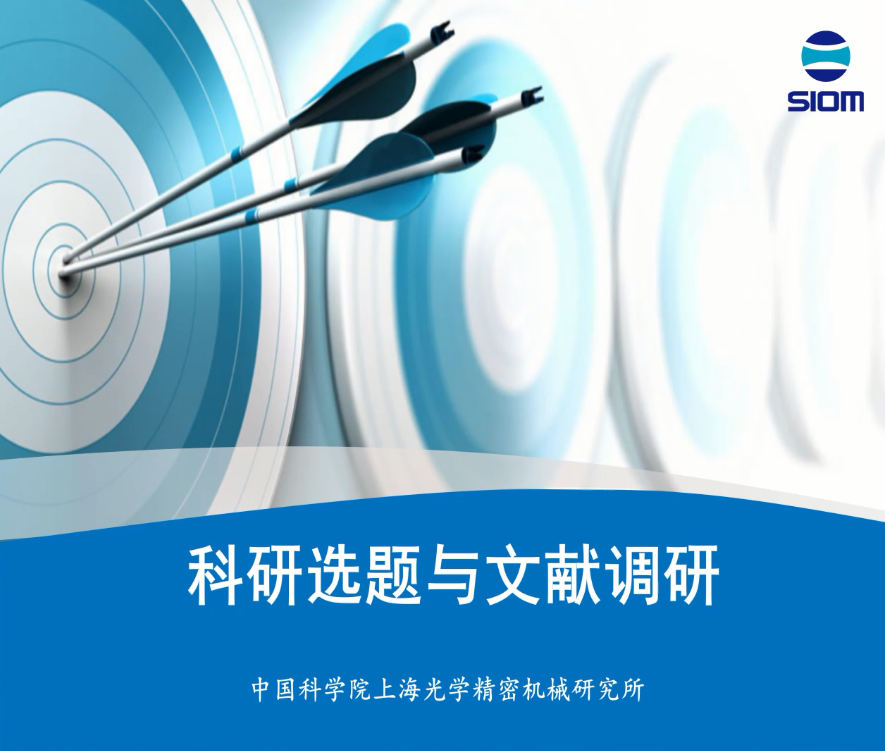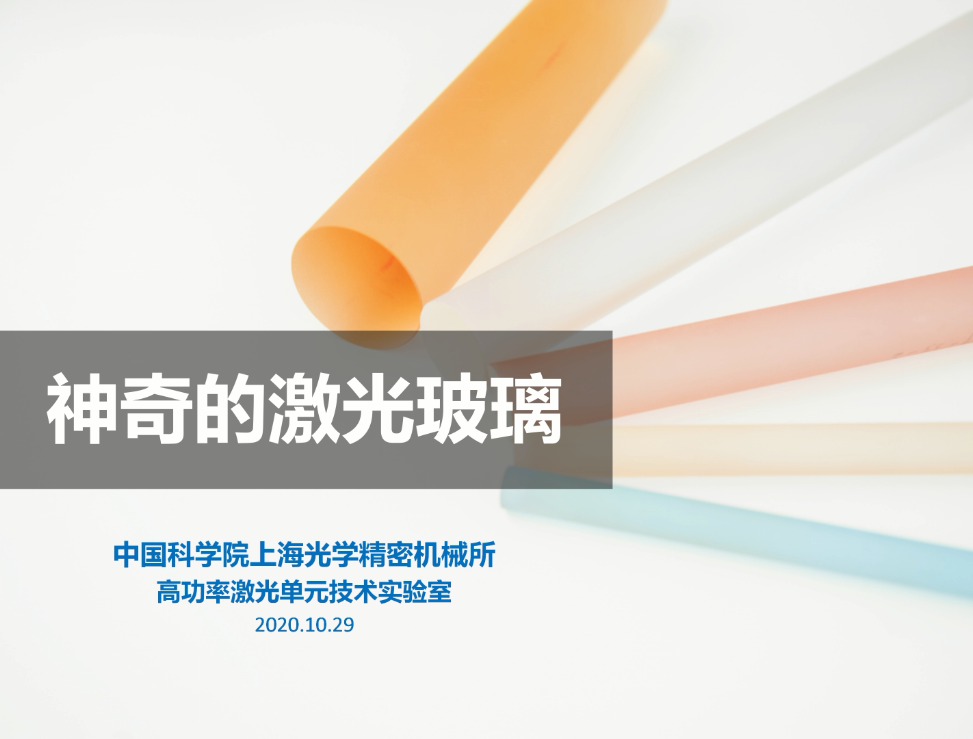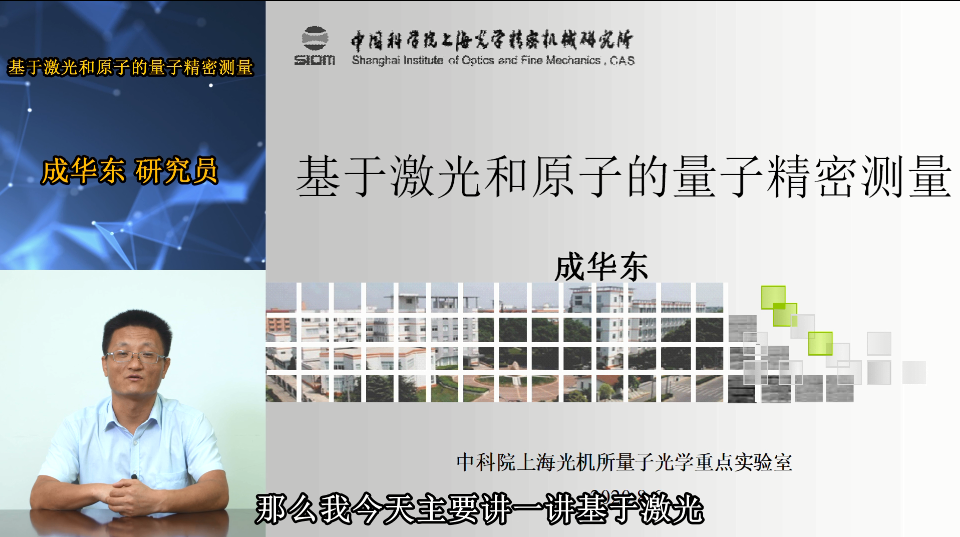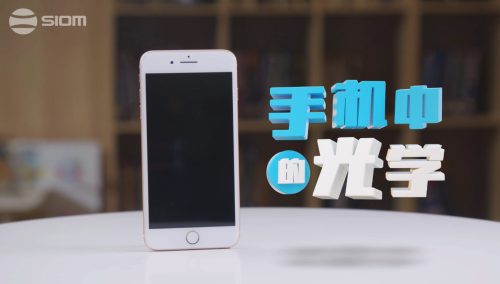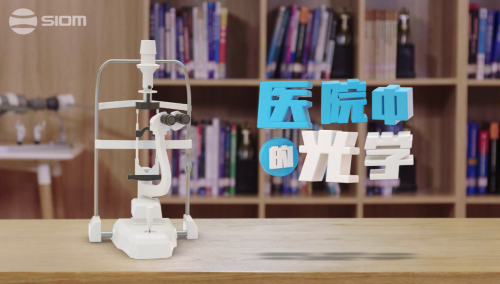光纤激光器、固体激光器特邀学术报告
Workshop on Fiber Laser and Solid-state Laser
时间:8:30am, 2012-3-13
地点:缘源溢智厅
8:30am-9:30am
My 40-years Challenge to High Power Lasers, Past, Today, and Tomorrow
Ueda Ken-ichi, Professor and Director
Institute for Laser Science, University of Electro-Communications, Japan
ueda@ils.uec.ac.jp
Brief history of my works on high power lasers is reviewed. I discovered laser physics and tecyhnology last 40 years through big sciences like IFE program, gravitational wave detection, laser for particle accelerators and others. Future of high power fiber lasers and ceramic lasers will be reviewed. My history covers experiences on Nd-doped POCl3 liquid lasers, glass lasers, ceramic lasers, e-beam pumped KrF lasers, ultrastabilized solid state laser for GW detection, ultra-low-loss mirrors, high power fiber laser technology, coherent beam combining and so on. There is a lot of fun in laser sceince and technology
Professor Ken-ichi Ueda has pioneered and established various lasers, such as excimer lasers for fusion, frequency-stabilized lasers for gravitational wave detection, high-power ceramic lasers and fiber lasers, and so on. Since 1990's he has developed ceramic lasers, that are now widely recognized to be superior to single crystal lasers and called "revolution" in solid-state laser engineering. This Japan-original technology enables various new laser architectures, including a practical design for fusion power production. He proposed a new concept of side-pumped fiber disk laser and demonstrated the first kW fiber laser in the world, which is being applied in many industrial applications such as laser processing. He covers widely over laser sciences/technologies and has presented the directions. He is working as a chair of International Council on Quantum Electronics (ICQE), a corresponding member of Science Council of Japan, a board member of the Physical Society of Japan and Optical Society of Japan, and so on.
9:30am-10:10am
Photonic bandgap and multicore fiber lasers for next-generation lasers
Akira Shirakawa
Institute for Laser Science, University of Electro-Communications, Japan
akira@ils.uec.ac.jp
Fiber laser is now widely recognized as the most reliable high average power source with a diffraction-limit beam quality. However, the huge gain and nonlinearities due to the rather small mode area and long interaction length make generations of specific wavelength radiation and high peak-power/high energy radiation so difficult that applications have been limited. Our research focuses on new fiber lasers to overcome these problems.
We are investigating photonic bandgap fibers (PBGFs), in which core guidance is obtained only at specific wavelengths determined by the fine structure in the cladding, for gain profile engineering. By inhibiting amplified spontaneous emission (ASE) at high-gain wavelengths, high-power operation becomes possible at previously inaccessible wavelengths. We have succeeded in ASE-free, high-efficiency 1178 nm amplification with >160 W of output power in the long-wavelength wing of the Yb gain band. High-power orange generation at 589 nm was also demonstrated for laser guide star applications. We are also targeting high peak-power pulsed fiber lasers by suppressing fiber nonlinearities such as stimulated Raman scattering by PBGFs.
For peak-power/energy scaling, we have been investigating fiber laser coherent arrays, in which multiple fiber lasers are phase-locked and their beams are combined. We have developed the scaling limit of a passive coherent array formed with discrete fiber lasers, and are now exploring phase-locked multicore fiber lasers in which multiple gain cores are built in a single fiber format. We recently proposed and demonstrated a monolithic, all-fiber phase-locking method by end-sealing a multicore photonic crystal fiber. The in-phase mode can have the lowest threshold at a specific sealed length by self-imaging. In-phase mode oscillation with >80% slope efficiency has been realized.
Akira Shirakawa received a PhD degree in Physics from University of Tokyo, Japan in 1999. He joined Institute for Laser Science, University of Electro-Communications, Japan in 1999 and is the associate professor leading the fiber and solid-state laser group. He was a guest researcher at Optoelectronics Research Centre, University of Southampton, UK from 2007 to 2008. His current research interests concern high power fiber and ceramic lasers, ultrashort pulse generation, laser beam combination, and nonlinear optics. He has authored or coauthored over 100 scientific journal publications in these fields. He is on the technical program committees of CLEO, CLEO-Europe, CLEO-Pacific Rim, ASSP, OECC, SOF, Photonics West-LASE, and Photonics Europe.
10:20am-10:40am
High power solid-core photonic bandgap fiber laser at 1178 nm
Xinyan Fan
Institute for Laser Science, University of Electro-Communications, Japan
fanxinyan@ils.uec.ac.jp
Yb-doped fiber lasers operating at the long wavelength edge of the gain band (1150-1200 nm) is challenging since small gain and serious amplified spontaneous emission ASE and parasitic lasing. Photonic bandgap fibers (PBGFs) can inhibit ASE at the large gain between 1030-1100 nm by the bandgap. We have succeeded in 1178 nm all-fiber Yb-PBGF oscillator with 53.6 W output power and 53% slope efficiency. ASE and parasitic lasing in high-gain wavelength is effectively suppressed.
Xinyan Fan received the B.S. degree in communication engineering from Jilin University in 2003, the M.S. degree in condensed matter physics from Changchun Institute of Optics, Fine Mechanics and Physics, Chinese Academy of Sciences in 2006 and the PhD degree in physical electronics from Harbin Institute of Technology in 2010. She has been a postdoctor in Institute for Laser Science, University of Electro-Communications, Japan since 2010.7 and has been working on high power photonic bandgap fiber laser.
10:50am-11:20am
Development of Passively Q switched Microchip Laser
Jun Dong, Professor
Department of Electronic Engineering,, Xiamen University
jdong@xmu.edu.cn
We reported the fabrication of transparent ceramics laser materials and investigation of optical properties and nonlinear phenomena of solid-state laser materials and laser performance of laser-diode pumped solid-state lasers and amplifiers. The investigation of polarization states in cw Yb:YAG microchip lasers and passively Q-switched solid-state lasers with Cr4+:YAG as storable absorber has been done recently. Nonlinear phenomena in microchip lasers such as transverse patterns formation in Cr,Nd:YAG microchip lasers and nonlinear stabilities in passively Q-switched solid-state lasers have been studied.
11:20-11:50am
High power composite structure solid-state lasers with ultra-high thermal conductivity
Jianqiu Xu, Professor
Key Laboratory for Laser Plasmas and Department of Physics, Shanghai JiaoTong University
jqxu09@sjtu.edu.cn
We will introduce a composite structure solid-state lasers which fabricated by SiC/Nd:YVO3 crystal. The laser structure results to ultra-high effective thermal conductivity, so that we can develop 100-W average power without water cooling. Furthermore, we also developed integrated laser modulate, in which the pumped diode and the solid-state active medium are built in single SiC chip. This very compacted, light laser module can provide 3-W average power with total weight of 80 g. The potential of this structure to kW level is discussed.



